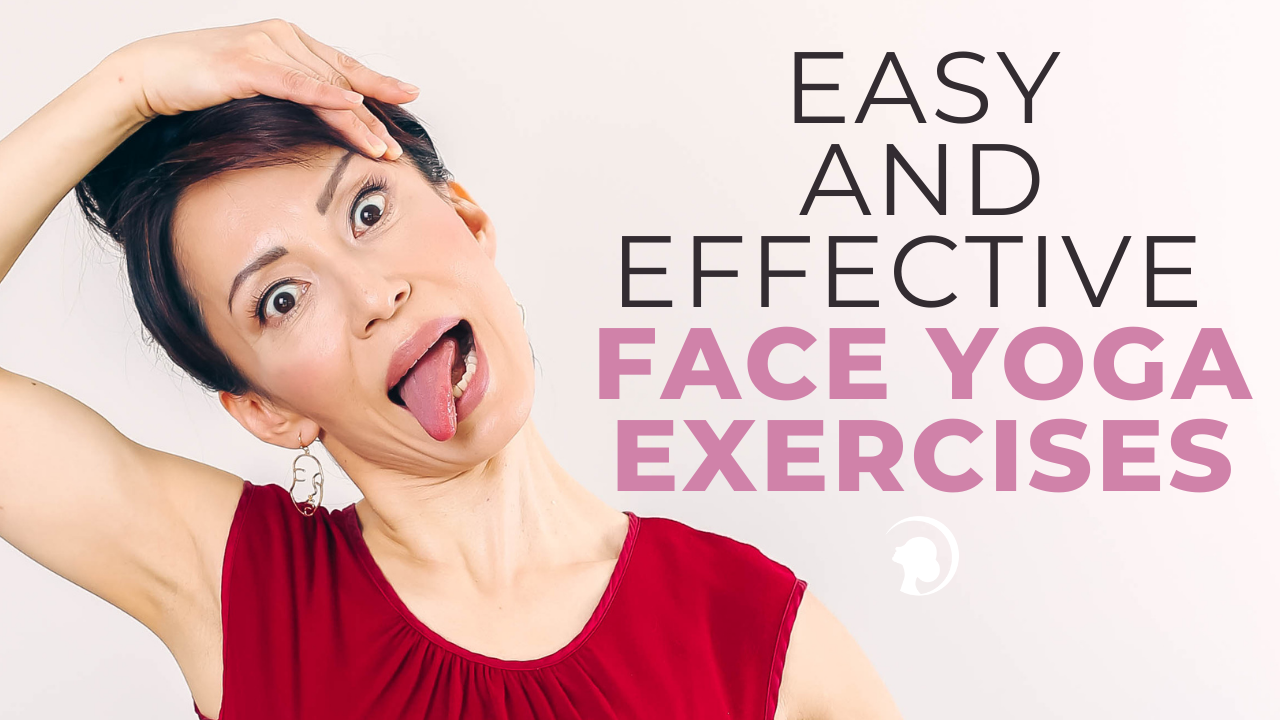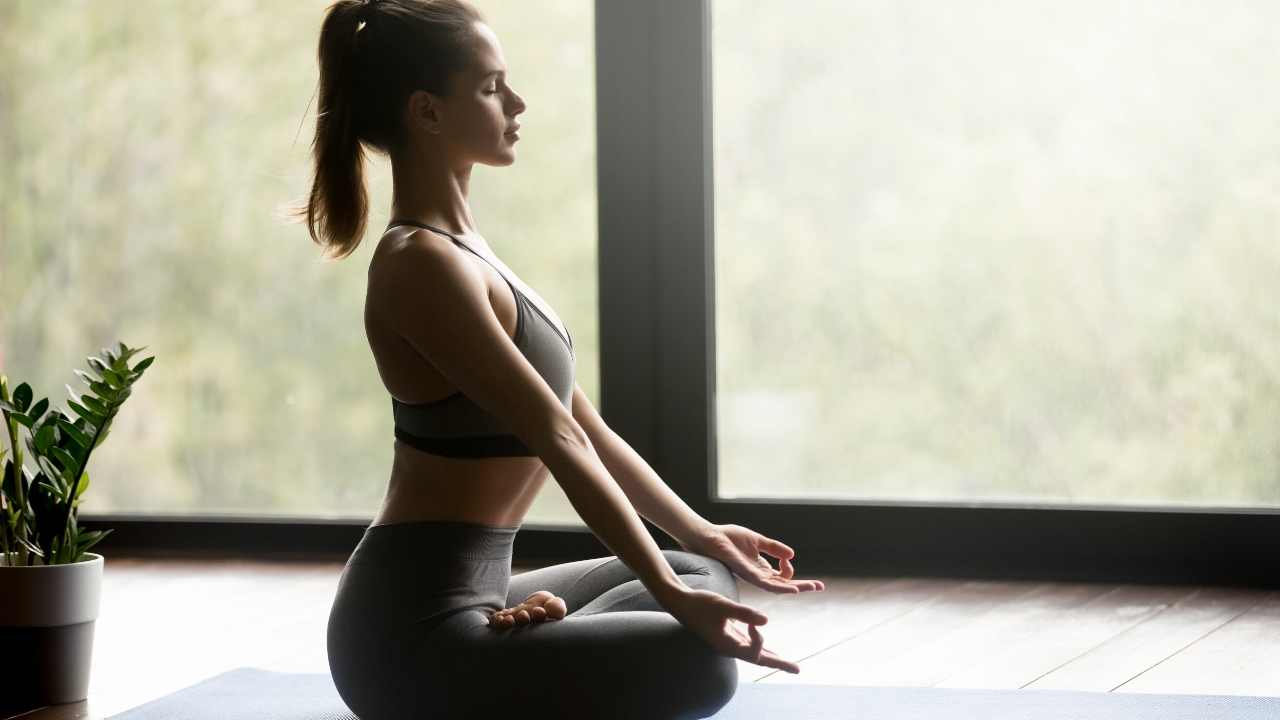
It is time to start a yoga program if this is something you have never done before. Make sure your space is as peaceful and calm as possible. Next, get a yoga mat and start practicing! You can also keep a written record of your sessions. Here are some basic information:
A space for home yoga
Set up a separate space in your home for yoga. A quiet, comfortable space is ideal for your practice. Be sure to keep it clear of clutter and other distractions. It should face a windowsill so that you can enjoy the natural light. If you have yoga mats, you can add them to your space. To add visual interest, houseplants are also an option.
The ideal yoga space should inspire and make you happy. A beautiful tapestry or plant can be added to the space. It may be more relaxing to practice in a space with little decor. It doesn't have to be overcrowded with things. You need to have enough space for your practice and mobility. Creating a space for home yoga practice doesn't have to be complicated.

Choosing a yoga mat
Choosing a yoga mat is a critical part of any home yoga practice. A 1/8-inch thickness yoga mat is ideal for most postures. It ensures that the mat has a solid contact with ground and offers stability. Thicker yoga mats offer more support for your joints and are more suitable for more active, balanced and focused poses. A textured mat can help with grip during more challenging poses, which requires greater stability.
When choosing a yoga mat for home practice, the first thing to consider is the type of surface material. Firm yoga mats are typically made of rubber. They are more stable and provide support for advanced poses. Soft yoga mats, on the other hand, are made of PVC and are lighter and less expensive. For advanced yoga poses, a firm mat is better than a soft mat. However, they are easier to use for beginners. Soft yoga mats are also better for supporting your joints and other exercises.
A calming space
You can create a calm and peaceful environment by choosing a variety color scheme for your yoga area. Blue, green and red all have a relaxing effect. To make your yoga practice more enjoyable, you should pair these colors with each other. Use bright colors to accent, as well as muted and warm whites. Decluttering your space first can make it easier to create a serene space for your home yoga practice.
A calm palette of colours is best, so stick to two or more neutral shades. While natural light is best, decorative lights are also an option. Warm lights should be preferred over cool. Tibetan bells and singing bowls are other accessories that can create a relaxed atmosphere. Grounding effects can also be provided by plants. You should have a yoga mat that is comfortable.

Keep a written record of all your practices
One way to keep track of your home yoga practice is to keep a journal. It is useful to record your daily practice as well any modifications. You can also make a home yoga resource guide that provides detailed information on each of the yoga postures as well as their effects. You can keep a journal either in a paper notebook or digital format. You also have great online journaling tools.
A journal is especially helpful for tracking the amount of time spent practicing each day. You can even organize you practice according to the goals that you have. It's beneficial to write down your daily yoga practice so you can see progress over time. You may be surprised by how far you've come! You can also review your journal later to see how far you have come.
FAQ
Is it possible for me to practice yoga at home?
Absolutely! There are many different ways that you can practice yoga at-home. Videos, DVDs and CDs are just a few of the many options available for practicing yoga at home.
YouTube even offers free online yoga videos. But, it is best to get a professional instructor to guide your movements.
What length of time do yoga classes last for?
Most yoga classes last 45 to 90 minutes. Some teachers offer shorter sessions or longer sessions during the week.
Is it necessary to be flexible in order to practice yoga?
It all depends on which type of yoga you choose. Some yoga styles require flexibility while others emphasize muscle strength.
Different styles of yoga require different levels of flexibility. For example, beginners might just need to raise their arms above the head. Intermediate practitioners may need more flexibility and might have to touch their toes while bending forward. Advanced practitioners may need to perform deep twists and bends.
Statistics
- The people in the yoga group were 37 percent more likely to have quit smoking by the end of the 8-week program. (nccih.nih.gov)
- In comparison, a 125-pound person is estimated to burn 135 calories in 30 minutes of walking (at a pace of 15-minute miles) and 210 calories bicycling at a moderate pace on a stationary bike. (everydayhealth.com)
- Gentle yoga has been shown to ease some of the discomforts of tender, swollen joints for people with arthritis, according to a Johns Hopkins review of 11 recent studies. (hopkinsmedicine.org)
- The American Psychological Association recently shared that 84% of American adults feel the impact of prolonged stress (5). (healthline.com)
- About one in seven U.S. adults practiced yoga in the past 12 months, according to a 2017 national survey. (nccih.nih.gov)
External Links
How To
Is yoga a good workout?
Yoga isn't for people who just want to lose weight. Yoga is not just for those who want to lose weight. It helps them develop flexibility and balance.
Yoga isn't just a form of exercise. They are used to relax and meditate. They help us to improve our posture, concentration, and breathing.
Yogis are those who practice yoga. Yogis follow various forms of yoga, including Hatha, Ashtanga, Iyengar, Vinyasa, Bikram, Kundalini, Yin Yang, and Restorative.
There are many kinds of yoga. However, all share similar goals. Each type focuses differently on health and wellbeing. You can choose from meditation, pranayama or Hatha yoga.
Some yoga exercises that require no equipment are:
-
Sun Salutation – This sequence of 12 poses begins with a forward bend and is followed by 10 more.
-
Warrior Pose: While holding a stick, or staff, you can do a warrior pose.
-
Triangle Pose-This pose requires you to lift one leg behind you while bending at the knee.
-
Standing Forward Bend- This is when you lie down straight on the ground, with your legs straight. Then, fold forward to the waist.
-
Seated Twist – This pose can be performed while seated on either a chair or a mat.
-
Cobra Pose - This pose is performed lying flat on your back with arms overhead.
-
Child's pose - This is when you are lying on your back, face up.
-
Cat/Cow Pose - This pose combines a cat and cow pose. Place your upper body on the ground and lie down. Now roll to your side, and then place your hands below your shoulders.
-
Head Tilt--This pose requires that you tilt your head back with your eyes closed.
-
Shoulder Stand – This position is where you stand upright while your arms are raised above and feet are raised above the neck.
-
Tree Pose: This pose requires you to kneel on your knees, with your hands under your shoulders.
-
Bow Pose – Bend forward from the hips to complete this pose. Then, place your palms on top of the ground and bend forward.
-
The corpse pose is held for five to ten minutes.
-
Mountain Pose - This pose is called mountain pose because you stand tall with your spine erect.
-
Legs Up the Wall Pose- This pose can be achieved by hanging upside-down at a wall.
-
Side Angle Pose – This is achieved by leaning against the wall and placing your right arm near the wall.
-
Plank Position – This is when you lay flat on your stomach, extend your left arm out and place your right foot in front of each other.
-
Bridge Pose- Balance on your elbows and toes for this pose.
-
Reverse Table Top Pose: This is when you lie on your stomach and extend your arms towards the ceiling.
-
Handstand - This pose requires balance and strength. You can hold your body between two walls or a frame of a door to perform this pose.
-
Half Moon Pose – Also known as Hero Pose, this pose is also called Hero Pose. You can perform it by standing on your hands or toes.
-
Headstand (or Handstand) - This pose requires excellent balance and strength. This pose can be done on a wall, or by using a doorframe.
-
Forearm Balance - This pose is performed on your forearms resting on a tabletop.
-
Spinal Twist – This position is where you lie on your stomach while reaching for your arms.
-
Supported Bound Angle Pose - This pose requires support and balance. For support, use a beam or tree branch to help you balance.
-
Wide Leg Forward Fold - This pose is achieved by spreading your legs apart and touching your toes.
-
Single Pigeon Pose – This pose is similar the the wide leg forward fold, but has only one limb extended.
-
Extended Puppy Dog Poses-This pose is extremely relaxing. You can do this by extending your legs and bending your knees.
-
Sitting Forward Bend - This position involves sitting cross-legged and stretching the hamstrings.
-
Crow Pose - This pose is difficult to do but very rewarding once you master it. To do it, raise your arms up above your head while lowering your arms to the floor.